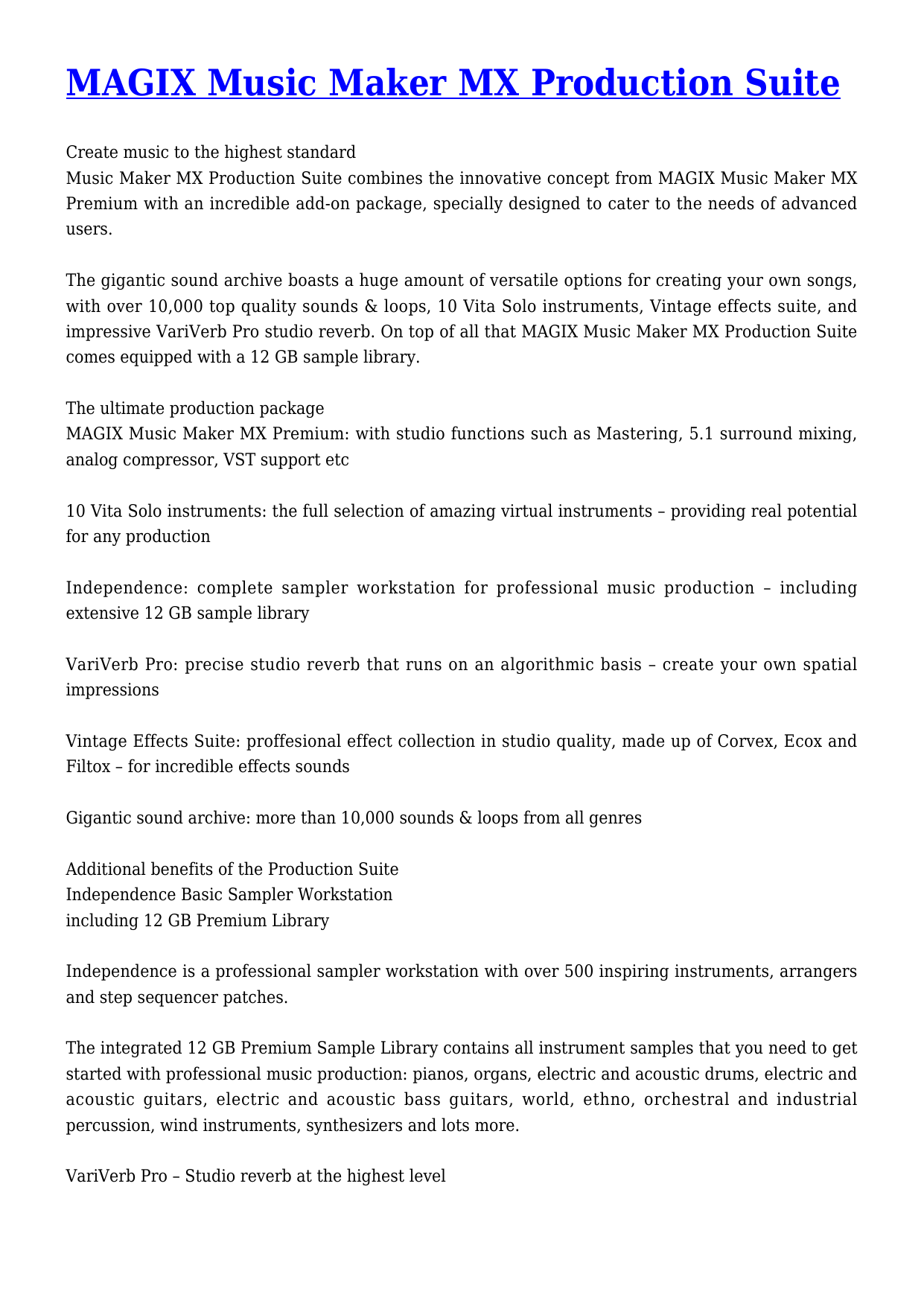

consider and identify where conflicts may arise in the course of their business between: (a) the firm (including its managers, employees and tied agents) or any person directly / indirectly linked to the firm, and its clients and (b) between different clients.
#INDEPENDENCE PRO INSTRUMENTS FULL#
What is developing is a thick layer of additional EU requirements applicable to investment firms, some of which is clearly post-crisis reaction (for example, new product intervention powers, full prohibitions on some inducements, a tougher stance on execution-only business and a tighter client categorisation regime). The overall theme is one of a small number of macro changes but a large number of micro changes which, together, will represent significant regulatory reform in this area. While the headline changes to the MiFID regime center on market infrastructure, there are many changes being made to investor protection requirements. The period for responding in relation to these draft technical standards was 2 March 2015. On December 19, 2014, ESMA responded on the DP with a consultation paper setting out draft technical standards. On May 22, 2014, ESMA also issued a discussion paper (the DP) setting out ESMA’s proposals for technical standards. The Parliament and Council have three months to formally scrutinise and object to the Commission’s adopted legislation (extendable by up to a further three months) before it is finalised.

The Commission will implement the resulting legislative proposals during 2015, taking into consideration ESMA’s final advice as well as the views of the European Parliament and Council of the EU. On May 22, 2014, ESMA released a consultation paper (the CP) setting out ESMA’s proposed advice to the Commission regarding delegated acts and on DecemESMA issued its final report to that consultation paper providing its draft advice to the Commission. The implementing measures that will supplement MiFID II and MiFIR will take the form of delegated acts and technical standards. Entry into application will follow 30 months after entry into force on January 3, 2017. The final MiFID II and MiFIR texts were published in the Official Journal of the EU on Jand entered into force 20 days later on July 2, 2014. However, informal agreement between the EU institutions was finally reached in February 2014. The legislative proposals were the subject of intense political debate between the European Parliament, the Council of the EU, and the Commission. The Markets in Financial Instruments Directive (MiFID) is one of the cornerstones of EU financial services law, setting out which investment services and activities should be licensed across the EU and the organisational and conduct standards that those providing such services should comply with.įollowing technical advice received from the European Securities and Markets Authority (ESMA) and a public consultation, the European Commission (the Commission) published legislative proposals in 2011 to amend MiFID by recasting it as a new Directive (MiFID II 1) and a new Regulation (MiFIR 2).


 0 kommentar(er)
0 kommentar(er)
